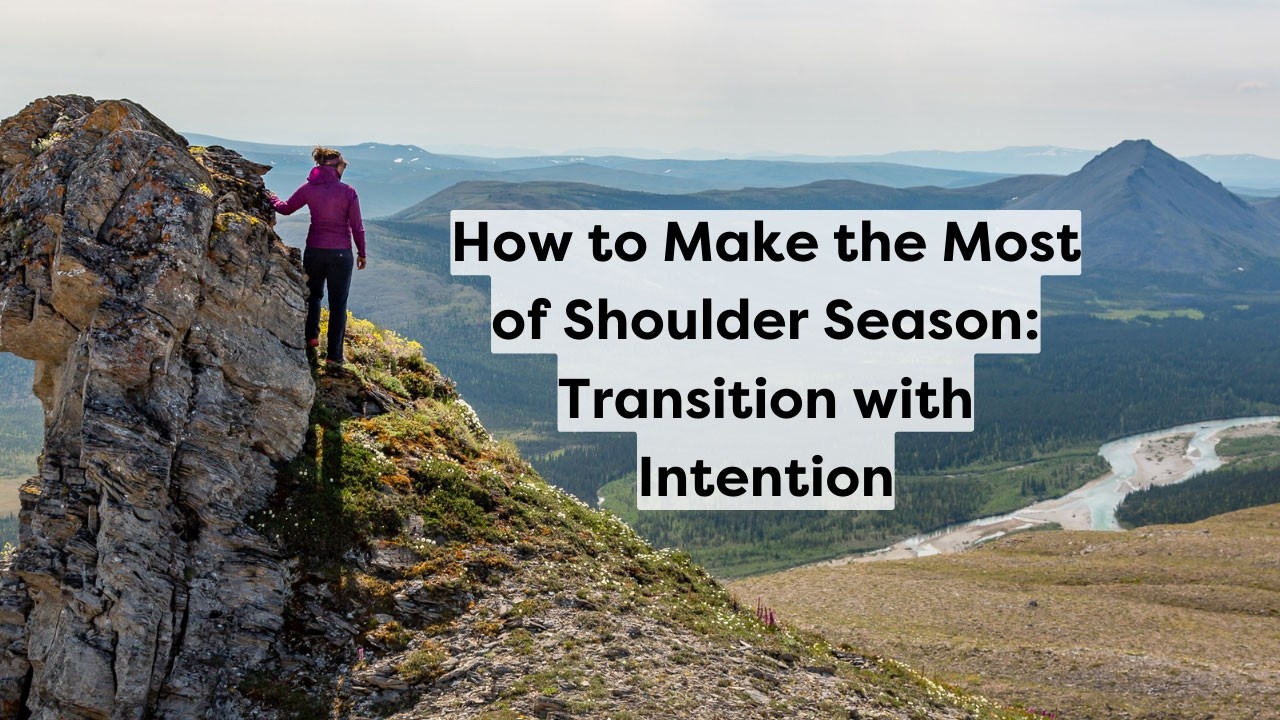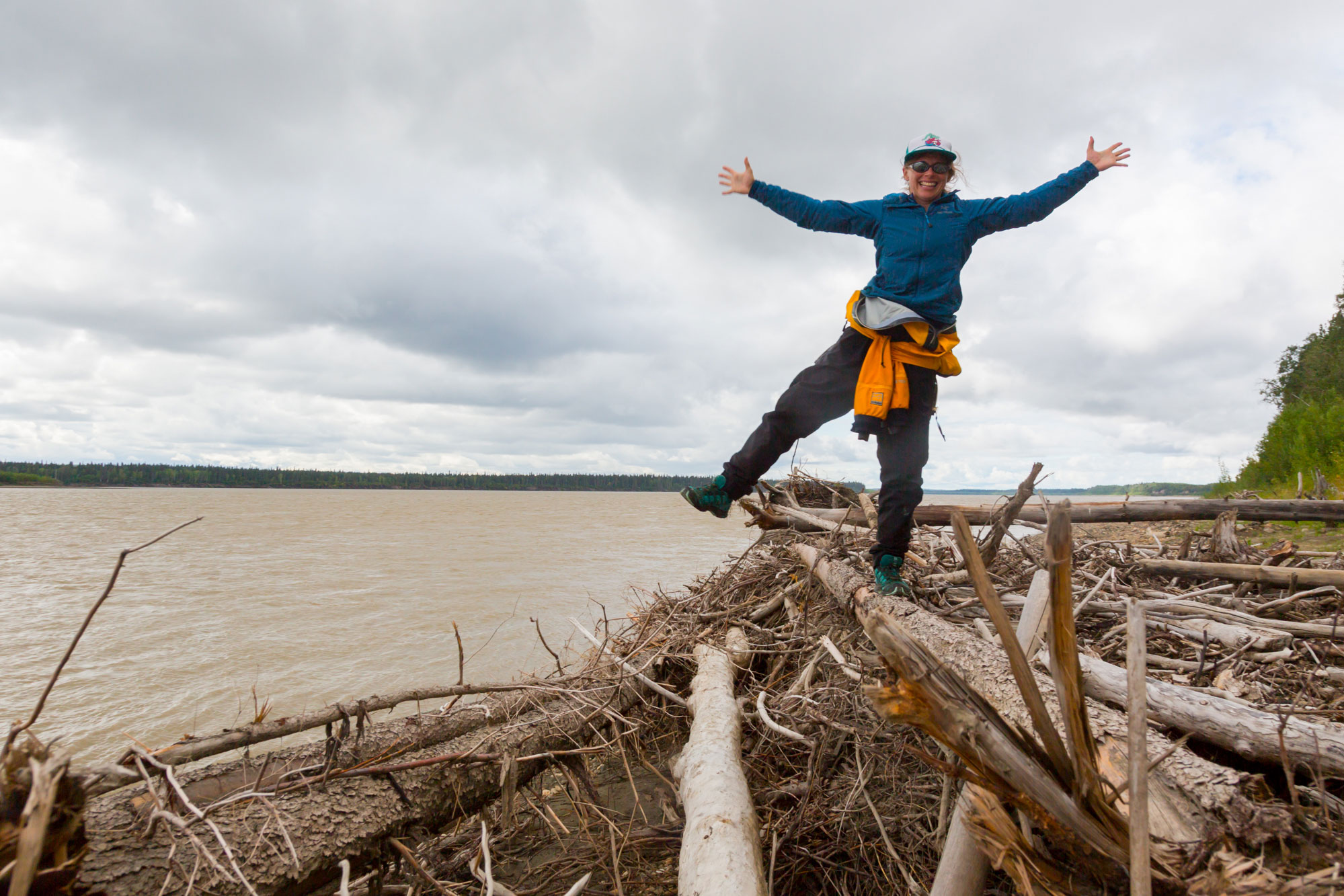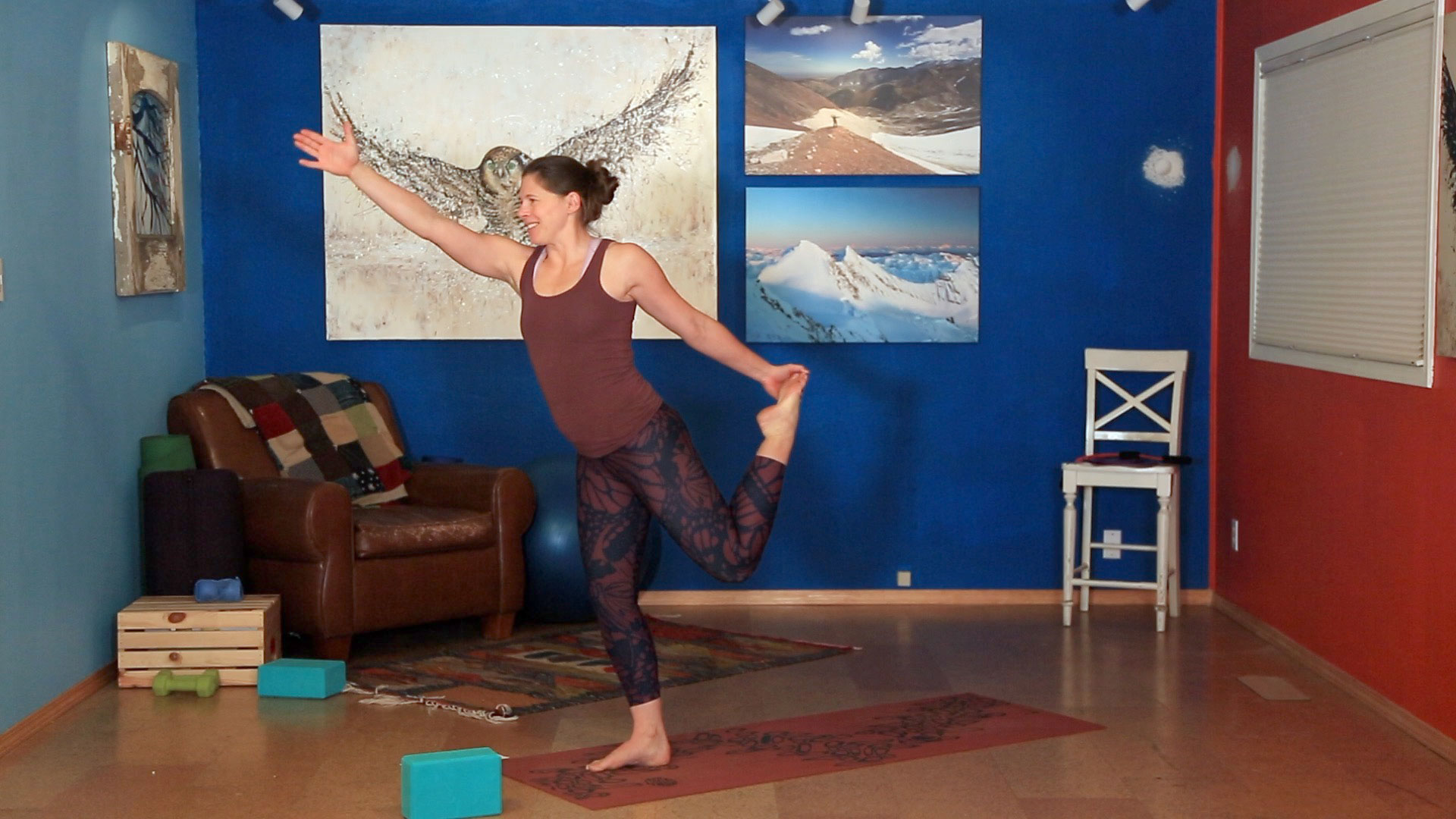How to Make the Most of Shoulder Season: Transition with Intention

What Is Shoulder Season?
Shoulder season is a key time of year for any outdoor adventurer. It’s that in-between time when it’s not quite good weather for summer activities like hiking, but not cold and snowy enough for winter sports like skiing, either. When we say “shoulder season”, we’re not talking about training our arm muscles! What we actually mean is the transitional seasons between the big seasons of summer and winter, like spring and fall. (Wondering where the term comes from? Us too. Here are some theories.)
Depending on the climate where you live, the exact timing of your shoulder season might look a little bit different from others. The most important thing to remember is that it’s a time of transition. It’s the time when you’re switching focus. We all experience transitions differently. So, tune into your body and take a moment to reflect on when these yearly transitions happen for you and how they make you feel.
When thinking about our training, shoulder season doesn’t have to last the entire three months of spring or fall. It can be shorter–we like six weeks. The big thing here is to take time between seasons to transition with intention.
Here at Mind & Mountain, we time the start and end of Summer Strong and Ski Babes to give you six weeks of down time. By setting up our annual training this way, we create a built-in shoulder season for you.
So, what should you focus on during those six weeks?
How to Train During Shoulder Season
Shoulder season is a great opportunity to take a step back and refocus. Imagine this season as taking a few deep breaths before diving back into more intense workouts. Here are the key concepts to think about for a healthy shoulder season.

Take Your Exercise Down a Notch
Society constantly sends us damaging messages about how our worth is tied to non-stop hard work and productivity. But we aren’t robots, and we can’t give 100% all the time in training or in life.
Not every season needs to be a season of growth–it’s just not sustainable! And this mindset sets us up to burn out. Instead, shoulder season is a great time to dial back the intensity.
By taking a few weeks to go a little slower, we give our bodies time to do deeper repair work. Granting our bodies time for repair helps us stay injury-free and continue growing. In fact, it’s helpful to remember that when we work out we create muscle fiber tears that are repaired when we rest.
Slowing down helps our minds, too. It gives us time to get excited about the next season. Taking breaks helps renew our love of exercise and the outdoors, and is an important part of maintaining our passion.
Freeing up a little bit of our energy creates extra space for other priorities in life, too. Maybe you’ll read a book you’ve had on your shelf, cook a delicious new recipe for loved ones, or spend time making art. Or, maybe you’ll just find more opportunities to sleep and relax. Whatever you land on, remember to embrace the gentler pace of this season!
Maintaining a Strong Foundation
Shoulder season is an ideal time to work on foundational strength. Focusing on the basics helps you build a solid base before moving into the next season. Whether you’re early in your journey or very experienced, spending time on the basics helps everyone.
When planning your shoulder season workouts, include movements that keep the big muscle groups strong, especially your core and posterior chain.
Squats and lunges are helpful for maintaining a healthy posterior chain. Keeping your core strong is another important part of your strong foundation. Add in exercises like V-ups and side planks to maintain core strength. Our Training for Your First Trip blog post is a great place to start.
Maintaining your foundation might mean less intense workouts. And that’s okay because shoulder season isn’t for making big gains or pushing ourselves. We’re nurturing the growth we already have instead of planting new seeds.
It’s easy to feel anxiety that we are going to lose our fitness by taking it easy, but that’s simply not true. Once we’ve built our foundation of fitness, it doesn’t take a lot to maintain that base. And the great news is that you’ve built adaptations and strength that take more than a few short weeks to disappear.
Similarly, a lot of us value consistency and routine, so it may feel a little uncomfortable to exercise less. A lot of this anxiety can stem from workout perfectionism, which takes time to unlearn. A couple helpful reminders for working through this are: progress, not perfection and rest matters too!
You can still keep that time on your calendar for yourself, whether you use it for a simple base maintenance workout, yoga and mobility, breathwork and meditation, or just time to relax and take care of yourself.

Strength Training for Shoulder Season
Training for winter sports is all about slippery, sliding movements on snow and ice. On the other hand, summer sports like backpacking tend to be higher-impact, weight-bearing movements. Carving down a snow-covered mountain are totally different movements for your muscles and joints than marching down rocky steps on a dry trail.
If you’re heading into the fall shoulder season, be sure balance is a big part of your routine. Balance work helps strengthen our stabilizer and fine muscles. Since stability is a huge part of winter sports, fall is an especially valuable time to work on balance. These exercises are usually lower intensity, too, which helps us stay strong without overdoing it.
Some good balance exercises to try include single leg squats, calf raises, and dancer’s pose. If you have a yoga practice, shoulder season can be a good time to spend time on your mat, since many styles of yoga include plenty of stability work.
Making Your Plan for Shoulder Season
Let’s recap how to move through this shoulder season with intention:
- Step down the intensity by planning shorter, less challenging workouts.
- Make time for deep rest to allow your body and mind to rebuild.
- Include plenty of foundational movements in your workout routine.
- Work on stabilizer and fine muscle development by doing balance exercises.
- Get excited about next season!
If creating your own workout plan feels overwhelming, we highly encourage you to let someone else do the strategic planning for you. This is a good place for our Balance Training program to step in. Because it’s a six weeks long program with just the right amount of intensity, Balance Training is a great option for bridging the gap between seasons. This program includes a mix of interval training for strength, yoga, breathwork, and weekly mindset tools.
Balance Training focuses on 5 tenets to support your growth:
- Progress, not perfection
- Curiosity, not judgment
- Falling is OKAY!
- Look for the growth edge
- Play with it!
Learn more about Balance Training here.
Every season is beautiful in its own way with its own distinct purpose. We hope these ideas help you take good care of yourself this shoulder season!

